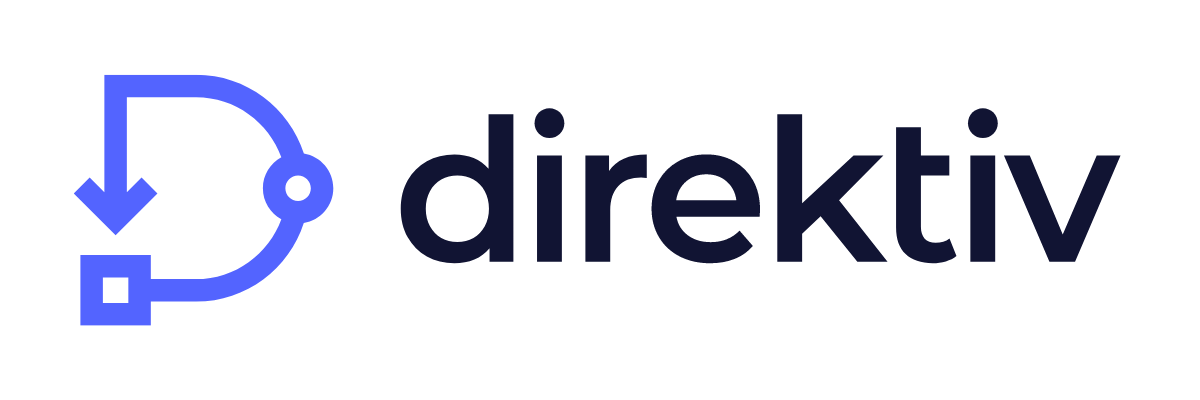Why Container Orchestration Matters for Modern IT Infrastructures

Container orchestration simplifies and automates the deployment, management, scaling, and networking of containers.
These powerful use cases are why the container orchestration market is projected to maintain a CAGR of 16.8% and reach 1.1 billion by the end of 2027. If you intend on keeping your modern IT infrastructure, you should be paying close attention. Container orchestration allows organizations to leverage the benefits of containers, like…
- Scalability
- Portability
- Isolated environments
…while ensuring seamless coordination and maintaining efficient use of all resources. In this blog, we’re exploring why container orchestration matters in your modern IT infrastructure and how it can empower your organization to achieve agility, scalability, and enhanced operational efficiency.
Let’s get into it. ⬇️
What is Container Orchestration?
Container orchestration refers to the management and coordination of containers within a distributed computing environment.
Containers are lightweight, isolated units that encapsulate an application and its dependencies, allowing for easy portability and scalability. Container orchestration systems, such as Kubernetes, provide the necessary tools and functionalities to automate the deployment, scaling, and monitoring of containerized applications across a cluster of machines. ✅
These systems handle complex tasks like load balancing, service discovery, resource allocation, and fault tolerance. This allows for seamless coordination and efficient use of resources. By abstracting the underlying infrastructure, container orchestration simplifies the deployment and management of applications, ensuring high availability, resilience, and flexibility in modern, cloud-native environments.
Tools for Container Orchestration
At scale, container orchestration tools serve as a robust framework that facilitates the management of containers and orchestrates microservices architecture. Some popular tools include:
Kubernetes, developed by Google, has emerged as the de facto standard for container orchestration. In a 2022 survey, it was determined that 96% of Sysdig’s global customers used Kubernetes for their container orchestration. Kubernetes offers powerful features like:
- Container deployment
- Storage provisioning
- Automatic scaling
- Service discovery
- Load balancing
- Self-healing
By automating many manual processes involved in deploying and scaling containerized applications, Kubernetes simplifies cluster management for groups of hosts. It empowers users to fully leverage a container-based infrastructure in production environments. 💪
Deeper Dive into Kubernetes
Kubernetes clusters can span hosts across public, private, or hybrid clouds, making it an ideal platform for hosting cloud-native applications that require rapid scalability.
This container orchestration tool also aids in workload portability and load balancing by allowing application migration without the need for extensive redesign. Here’s a look at the main components of Kubernetes that make this happen:
- Cluster: Consists of a control plane and compute machines/nodes
- Control plane: Collection of processes controlling Kubernetes nodes, and it’s where task assignments originate
- Kubelet: Service on nodes that reads container manifests and ensures container startup and execution
- Pod: Collection of one or more containers deployed to a single node, sharing resources like IPC, IP address, and hostname
By using Kubernetes and automating your operations, container orchestration supports a DevOps approach that allows teams to develop and deploy much faster than ever before. 🚀
How Container Orchestration Works
When using a container orchestration tool like Kubernetes, the configuration of an application is described using YAML or JSON files. These files specify details like:
- Container image locations
- Network establishment
- Log storage
Upon deploying a new container, your orchestration tool automatically schedules the deployment within a cluster, selecting the appropriate host based on defined requirements and restrictions. Throughout the container's lifecycle, the orchestration tool manages it according to the specifications outlined in your pre-defined configuration file.
(Source: Giphy)
Kubernetes patterns can be employed to effectively manage the configuration, lifecycle, and scalability of container-based applications and services. These repeatable patterns serve as essential tools for Kubernetes developers to construct comprehensive systems. Container orchestration is applicable across various environments, including on-premise servers, public cloud, and private cloud environments where containers are employed.
That’s the overall breakdown of what it is, how it works, and why you need it for your modern IT infrastructure but…
Let’s take a look at a platform that will allow you to get the most benefits out of container orchestration. ⬇️
Why Direktiv is the Best Option for Container Orchestration
Direktiv stands out as one of the best options for container orchestration due to its unique set of features and integration with Kubernetes.
Unlike other orchestration tools, Direktiv offers a powerful serverless workflow engine that seamlessly integrates with containers. This allows users to define complex workflows using a simple and intuitive YAML-based syntax, enabling efficient coordination and execution of containerized tasks. Direktiv's workflow engine provides advanced features like:
- Conditional branching
- Error handling
- Parallel processing
- Listening for event triggers
Plus, you can use your own containers or employ pre-built containers right on the platform. These benefits help enhance the flexibility and scalability of containerized applications. Direktiv also offers comprehensive observability and monitoring capabilities, allowing for real-time insights into workflow execution and performance.
With its built-in event-driven architecture, Direktiv facilitates seamless integration with external systems and services, creating end-to-end automation and streamlining the entire workflow process. The platform’s open-source nature ensures transparency, extensibility, and a great community of contributors. 🤝
Direktiv excels in providing a robust solution for container orchestration, making it the best choice for organizations seeking efficient workflow management and orchestration in a containerized environment.
Final Thoughts
As you can see, container orchestration plays a vital role in modern IT infrastructures by simplifying and automating the deployment, management, scaling, and networking of containers.
With Kubernetes as the base and Direktiv’s powerful serverless orchestration platform working on top, you’ll be equipped to create advanced event-driven workflows with ease. Get started creating workflows in Direktiv for free, or contact us to learn more about how we can help scale your enterprise.

.png)

